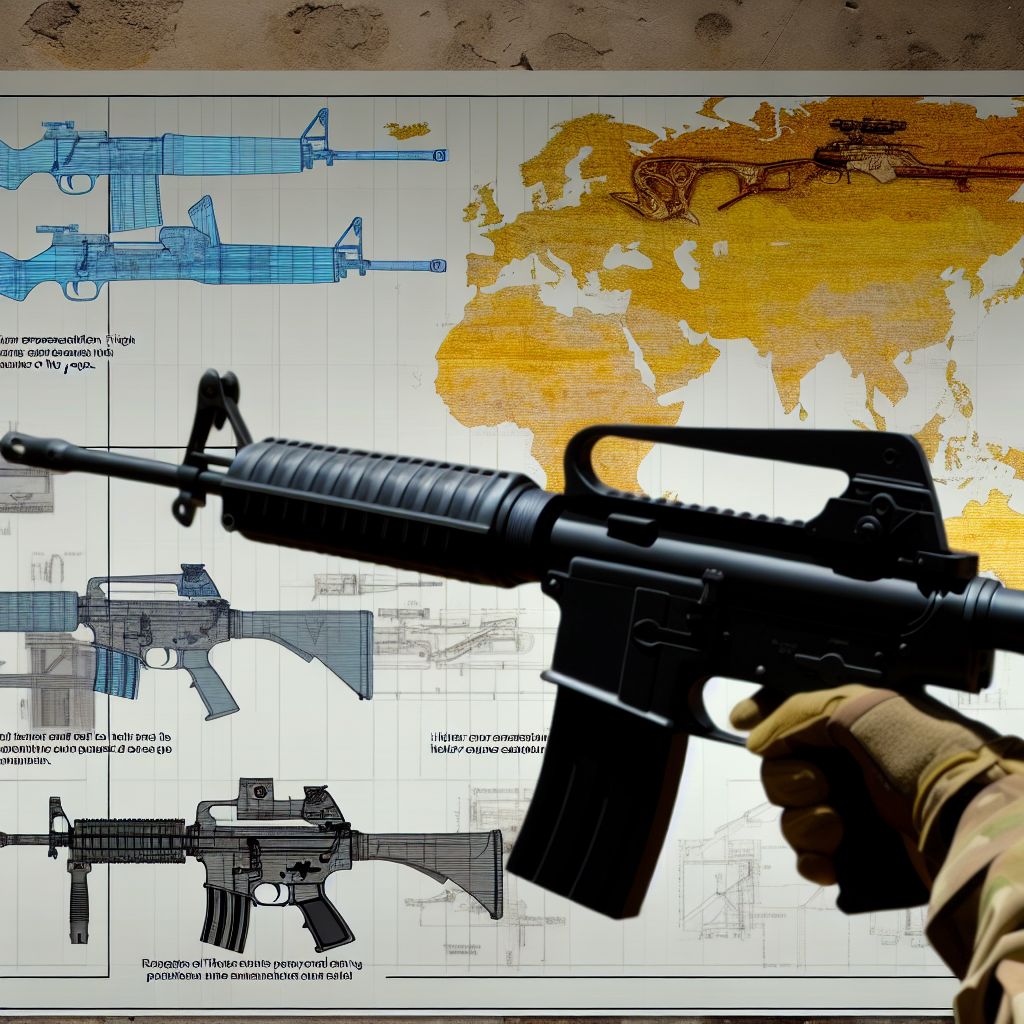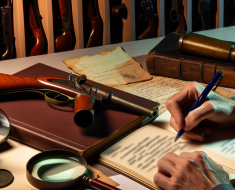The History of the Steyr AUG Rifle

The Steyr AUG rifle stands as one of the most iconic and innovative firearms of the late 20th century. Revered for its futuristic design and versatility, the AUG (Armee-Universal-Gewehr) revolutionized small arms development and set new standards for modularity, reliability, and ergonomics. This article explores the detailed history of the Steyr AUG rifle—from its conceptual origins to its widespread adoption across military and law enforcement agencies worldwide.
Origins and Development: The Birth of a Revolutionary Rifle
The Steyr AUG’s history begins in the early 1960s when several NATO countries sought to develop a new standard-issue rifle that could replace existing battle rifles and carbines. Austria, a neutral country with a strong firearms manufacturing tradition, took on this challenge through its state-owned company, Steyr-Daimler-Puch AG.
Designed by engineer Horst Wesp in 1967, the Steyr AUG introduced numerous innovations that distinguished it from conventional rifles:
- Bullpup Configuration: Unlike traditional rifles where the magazine and action are located ahead of the trigger, the AUG positioned these components behind the trigger group. This allowed for a shorter overall length without sacrificing barrel length or ballistic performance.
- Modularity: The rifle was designed with quick-change barrels and interchangeable components to serve multiple roles—from standard infantry rifle to carbine or light machine gun.
- Integrated Optics: The original AUG featured a built-in optical sight, which was rare at the time for service rifles.
The Austrian military officially adopted the Steyr AUG in 1977 as the StG 77 (Sturmgewehr 77), marking it as one of the first bullpup rifles to enter widespread service globally. This adoption catalyzed interest among other nations looking to modernize their infantry weapons.
Design Features That Set It Apart
The Steyr AUG’s design was groundbreaking in both form and function. Its distinct appearance—often described as futuristic or science-fiction-like—was matched by practical innovations that enhanced combat effectiveness.
Bullpup Layout Advantages
The bullpup configuration allowed for a more compact weapon without reducing barrel length. This translated into:
- Improved maneuverability in close quarters such as urban environments or vehicles.
- Maintained high muzzle velocity due to full-length barrel use.
- Enhanced balance with center of gravity closer to the shooter’s body.
This design solved many problems faced by conventional rifles where shortening barrels often compromised range and accuracy.
Modular Construction
The AUG’s modularity was another major innovation. Users could easily switch between different barrel lengths (16”, 20”, or 24”) for various operational needs:
- Standard Infantry Rifle: Using a 20” barrel with an integrated scope for general-purpose engagements.
- Carbine Role: Shorter barrels for special forces or vehicle crews requiring compact weapons.
- Light Support Weapon: Equipped with a heavier barrel and bipod for sustained fire roles.
This flexibility meant armies could streamline logistics by using one platform across multiple mission profiles, reducing training time and maintenance complexity.
Synthetic Materials and Ergonomics
The extensive use of high-strength polymers in its construction was pioneering at the time. The AUG’s synthetic housing contributed to reduced weight (approximately 3.6 kg or 7.9 lbs loaded) while maintaining durability under harsh conditions. Furthermore, ergonomic features such as an integrated carrying handle, ambidextrous ejection options (in later variants), and intuitive controls enhanced soldier usability.
Global Adoption and Variants: From Austria to Worldwide Service
The success of the Steyr AUG led to its adoption beyond Austria’s borders, becoming a staple weapon for various military forces, police units, and special operations worldwide.
Austrian Military Use
The Austrian Bundesheer remains one of the largest users of the AUG platform. Over decades, they have upgraded their rifles with newer optics such as red dot sights, Picatinny rails for accessory attachments, and improved internal mechanisms enhancing reliability and accuracy.
International Users and Licensed Production
The rifle’s reputation spread globally due to its innovative design coupled with robust performance:
- Australia: The Australian Defence Force adopted a locally produced variant known as the F88 Austeyr starting in 1988. This version incorporated numerous modifications including enhanced sights, accessory rails, and improved materials suited for Australian operational environments.
- Ireland: The Irish Defence Forces adopted an upgraded version called SA80AUG after thorough testing showed superior performance compared to other options available at that time.
- New Zealand: Used the F88 variant similarly adapted from Australian models before transitioning toward newer platforms in recent years.
Apart from government forces, several law enforcement agencies have also incorporated customized versions tailored for urban police work requiring compact but effective weapons systems.
Civilian Market and Sporting Versions
The Steyr AUG’s popularity extended into civilian markets where semi-automatic versions were offered primarily for sporting purposes




